
The main reference to know the degree of accessibility and inclusion of Spanish cities through of standardized and comparable performance indicators.
Information
If you are a City Council and are interested in expanding the information on this project you can contact us.
Consult the Executive Summary of the Accessibility and Inclusion Index 2022.
What is it?

Tool pioneerReference study, unique in its kind, that responds to the need for have indicators that monitor, in an agile and comparative way, the performance of cities in matters of accessibility and inclusion of people with disabilities. |

Instrument for transformationIt offers a broad and clear diagnosis that makes visible the strengths and opportunities for improvement of cities to guarantee the accessibility and inclusion of groups of people with disabilities, facilitating decision-making by public organizations and private. |

Vision holistic and comprehensiveBreaks with sectoral analysis, offering instead a global vision of accessibility in built environments and the inclusion of people with disabilities in different areas of urban life, which facilitates the systematization of its measurement. Thus, to Through a transversal approach, the accessibility and usability of the built environments, digital environments and processes or services, in all spheres of life in the city, with an innovative methodology developed by leading entities in accessibility and inclusion. |

Collection of primary dataThe index is constructed from secondary reference sources and primary data. The latter have been raised by experts, through methodologies of field work, to evaluate the degree of accessibility of the built environment in cities. The use of primary and secondary data allows us to achieve a broad perspective of the level of existing accessibility and inclusion in cities, measuring in a clear and integrative way the various aspects related to the topic. |
What is an accessible and inclusive city?
An accessible and inclusive city is one that, through its processes, infrastructure and services guarantee the right to the autonomy and personal development of all people in conditions of safety and comfort, achieving thus raising the quality of life and ensuring equal opportunities for all its inhabitants.
Accessible and inclusive cities transversally incorporate the principles of accessibility universaland design for everyone, enabling the creation of friendlier environments that take into account diversity and characteristics personal of the population. Investing in an accessible and inclusive city not only positively affects well-being of people with disabilities, but also improves the well-being of the population as a whole. Within the framework of the index, inclusion is understood as thefull participation of people with disability in all spheres of urban life, guaranteeing that the group has the opportunities and resources necessary to function easily in all areas and enjoy daily living conditions that are not diminished by their disability. For its measurement, they have been evaluated those phenomena that impact the political, economic, social, cultural, educational and work lives of people with disabilities in the urban environment.Structure
The index is structured around 6 dimensions and 16 thematic categories that represent the main areas of urban life, in which relevant indicators for the management of the inclusion of the group of people with disabilities.
Accessibility measurements of the built environment are structured around the concept of the accessibility chain, analyzing the set of elements that allow the use of equipment, instead of evaluating only the equipment itself.

Dimensions
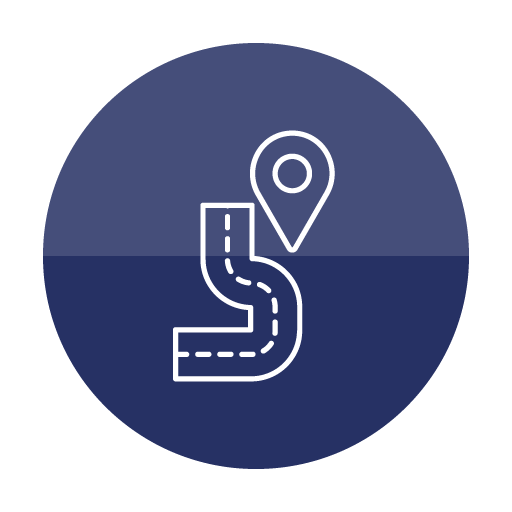
Dimension 1Mobilitylearn moreMobility in the urban environment allows the movement of people and goods in the territory, which is why it constitutes a key element for the correct functioning of cities, while facilitating the connection between places, people and services. The lack of adequacy of mobility services can lead toar to exclusion of various groups in/for carrying out activities of daily living or hindering their participation in equal opportunities. For this reason, this dimension analyzes the ways transport (public and private) and their infrastructure, as well as the existence of policies that facilitate autonomous travel. |

Dimension 2Employmentlearn moreEmployment is one of the determining areas in personal development and in achieving economic autonomy. Therefore, it is essential to evaluate the situation of the disabled population in the labor market. In this dimension, the inclusion is analyzed of people with disabilities in the labor market, their working conditions and the measures existing to promote the employment of groups with disabilities. |
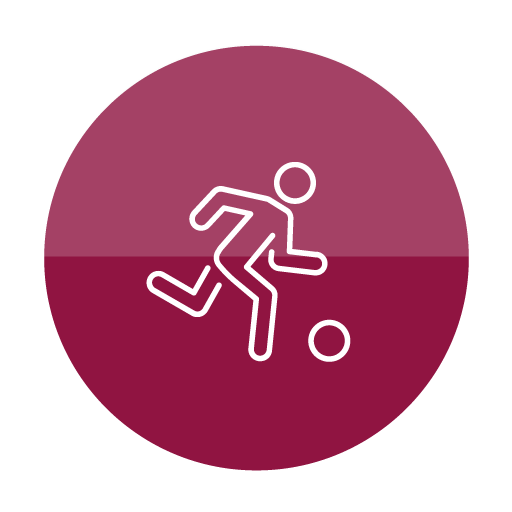
Dimension 3Recreationlearn moreRecreational activities have a fundamental role in well-being physical and psychological of people, as well as a great potential to promote dynamics of inclusion of vulnerable groups. This dimension evaluates the degree of accessibility and inclusion in the activities and spaces related to three central areas of recreation and recreation in the city: public space, sports activities, and activities cultural. |

Dimension 4Governmentlearn morePublic Administrations have the responsibility to carry out relevant actions and policies to guarantee equal opportunities in the various areas of citizen life. This dimension evaluates the degree to which the Local administrations systematically and transversally include accessibility in all government areas, as well as their efficiency in managing aid intended for inclusion and protection of people with disabilities. In this way, both the efficiency and involvement of local administrations in the design of policies and strategies that promote inclusive actions, such as the degree of accessibility of relationships between City Council and citizenship in the physical and digital environment. |

Dimension 5Wellness services basiclearn moreWellness services basic are those that cover the needs essential aspects of people, and which, therefore, are a necessary condition for their correct development in society. Guaranteeing access to these services is essential so that no one group sees their right to enjoy universal services and benefits restricted. that are derived from their use. Therefore, andThis dimension analyzes the degree of inclusion of those services that guarantee the following basic rights: health, housing, education and security and justice. |
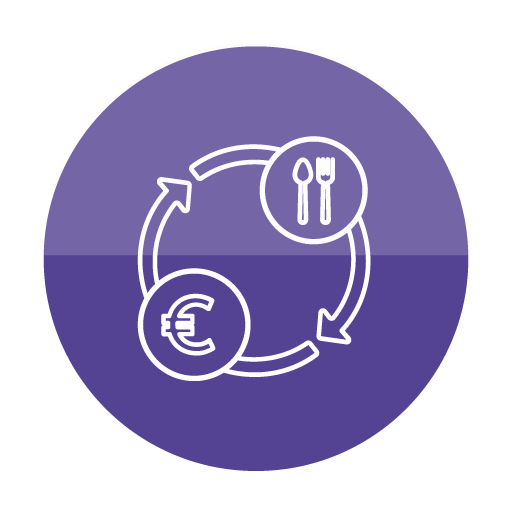
Dimension 6Hospitality and commercelearn moreThis dimension analyzes phenomena related to hospitality and trade, a sector closely related to tourism, but whose conditions of Accessibility also has an impact on the supply of products and the enjoyment of leisure and restoration by the resident population. The shops cover the basic function of supply of products, at the same time that the hospitality industry frequently collects spaces traveled by the resident population. For this reason, the accessibility of these spaces, evaluating infrastructure such as train and bus stations, as well as hotel establishments and shops. |
Cities evaluated
In this first edition, 5 cities have been included in the analysis which, due to their population and territorial characteristics, constitute a diverse sample of the different realities presented by the Spanish provincial capitals. Ávila, Barcelona, Madrid, Málaga and Zaragoza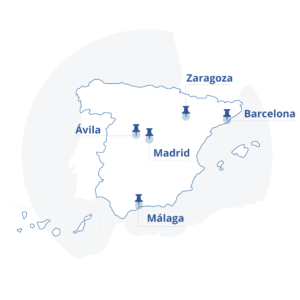
How was it built?
Through the experience of a strategic consulting firm with experience in the construction of city performance indicators on various topics, the ONCE Foundation launches a methodology resulting from a rigorous research and analysis process, which has allowed us to obtain this diagnostic, monitoring and evaluation tool on the state of accessibility and inclusion of cities evaluated.
In order to integrate a global and transversal vision of accessibility and inclusion in cities, leaving aside the sectoral and fragmented analysis that characterizes the In studies of these topics, different types of indicators have been applied that include, among others, the processing of data collected in field work. Thus, the indicators that make up the Accessibility index and Inclusion have been built from:
|
|
|
|
The constructed indicators respond to the following levels territorial:
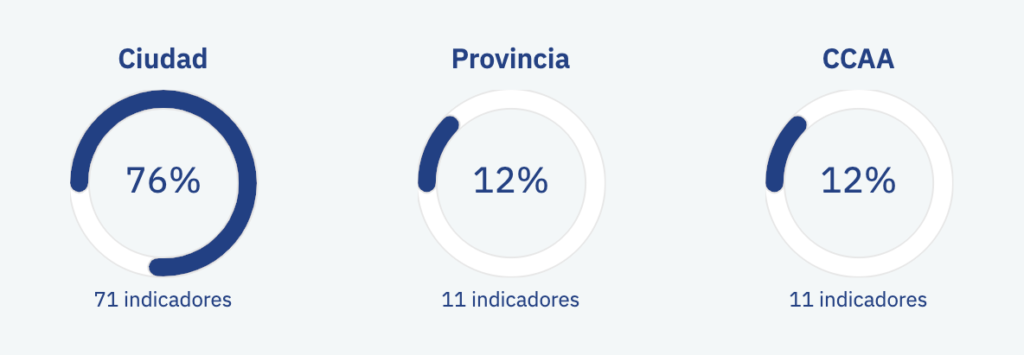
The rigor in the process of obtaining the study indicators is supported about:

Collaborators
The Accessibility and Inclusion Index of Cities in Spain 2022 is an initiative promoted by the ONCE Foundation, with the support of the Royal Board of Trustees for Disability, with the participation of IdenCity, reference consultancy in the development of innovative, sustainable and focused strategic plans in people in urban environments. The index has had the collaboration of Ilunion in the execution of the tasks linked to field work.



 Structured databases
Structured databases Unstructured qualitative information on accessibility</summary >
Unstructured qualitative information on accessibility</summary > Evaluation of web accessibility
Evaluation of web accessibility On-site evaluation of urban facilities</summary >
On-site evaluation of urban facilities</summary >